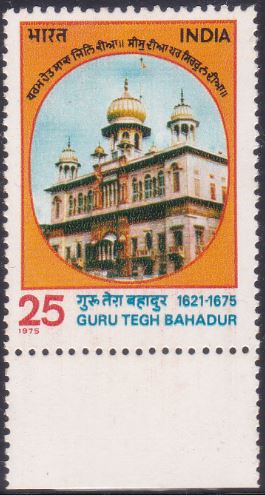
Guru Tegh Bahadur
A commemorative postage stamp on the Tercentenary of the Martyrdom of Guru Tegh Bahadur, 9th Guru of Sikhs, Hind Di Chadar (Protector of Hindus) :
Issued on Dec 16, 1975
Issued for : The Posts and Telegraphs Department is honoured to issue a special commemorative postage stamp on the occasion of the tercentenary of the martyrdom of Guru Tegh Bahadur.
Design : The stamp depicts Gurdwara Sisganj in Chandni Chowk, Delhi, where his martyrdom took place.
Photo by : Shri S. J. Singh
Type : Stamp, Mint condition
Colour : Multicolour
Denomination : 25 Paise
Overall size : 3.91 X 2.90 cms.
Printing size : 3.56 X 2.54 cms.
Perforation : 13 x 13
Watermark : printed on unwatermarked adhesive stamp paper
Number printed : 35,00,000
Number per issue sheet : 35
Printing process : Photogravure
Designed and printed at : India Security Press
Name : Tyaga Mal
Born on Apr 1, 1621 at Amritsar, Punjab, India
Died on Nov 24, 1675 at Delhi, India
About :
- Guru Tegh Bahadur is revered as the ninth Guru of the Sikh faith. Youngest of the five sons of Guru Hargobind, the sixth Guru of the Sikhs, he was born at Amritsar on April 1, 1621. For over two decades, he had lived in seclusion and meditation when, in 1661, he was anointed the ninth spiritual successor to Guru Nanak.
- In 1665, Guru Tegh Bahadur founded in the foothills of Shivaliks a town which came to be known as Anandpur. This town became the fountain-head of a regenerating inspiration and scene of memorable deeds of sacrifice and daring. Guru Tegh Bahadur travelled extensively across the country spreading his message of love, faith and universal brotherhood. One of his journeys took him as far as Assam in the East. He was sensitive to the people’s sufferings and taught them to be fearless.
- Guru Tegh Bahadur assumed the Apostolic Office when the country was experiencing growing religious intolerance and persecution. He felt deeply the need to do something to ameliorate the situation and to bring harmony to the land torn by conflict. Soon after, some leading Brahmins of Kashmir came in a deputation to Guru Tegh Bahadur to seek his help and protection. His youngest son who later became Guru Gobind Singh also pleaded the case of the depressed people. Guru Tegh Bahadur then offered to sacrifice himself to defend the oppressed. He resolved to go to Delhi to create among the people the spirit of courage and boldness.
- While he was on his way, Guru Tegh Bahadur was arrested and taken to Delhi where he was put in an iron cage and asked to perform some miracles and prove the divinity of his mission or otherwise to abandon his faith. He declined to show any miracle saying that it was not proper to intervene in the Will of God. On November 11, 1675, he was beheaded in public in the Chandni Chowk in Delhi. This was a most moving event in the history of India.
- Guru Tegh Bahadur symbolised in his life the noblest values of moral courage, self-sacrifice and tolerance. Guru Tegh Bahadur had a deep spiritual insight and his compositions are preserved in the Guru Granth Sahib, the Sikh Scripture.




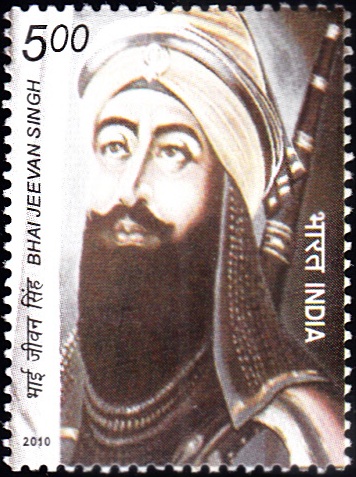
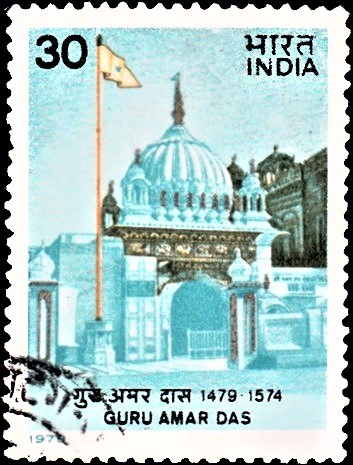
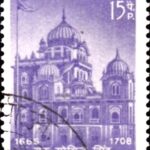
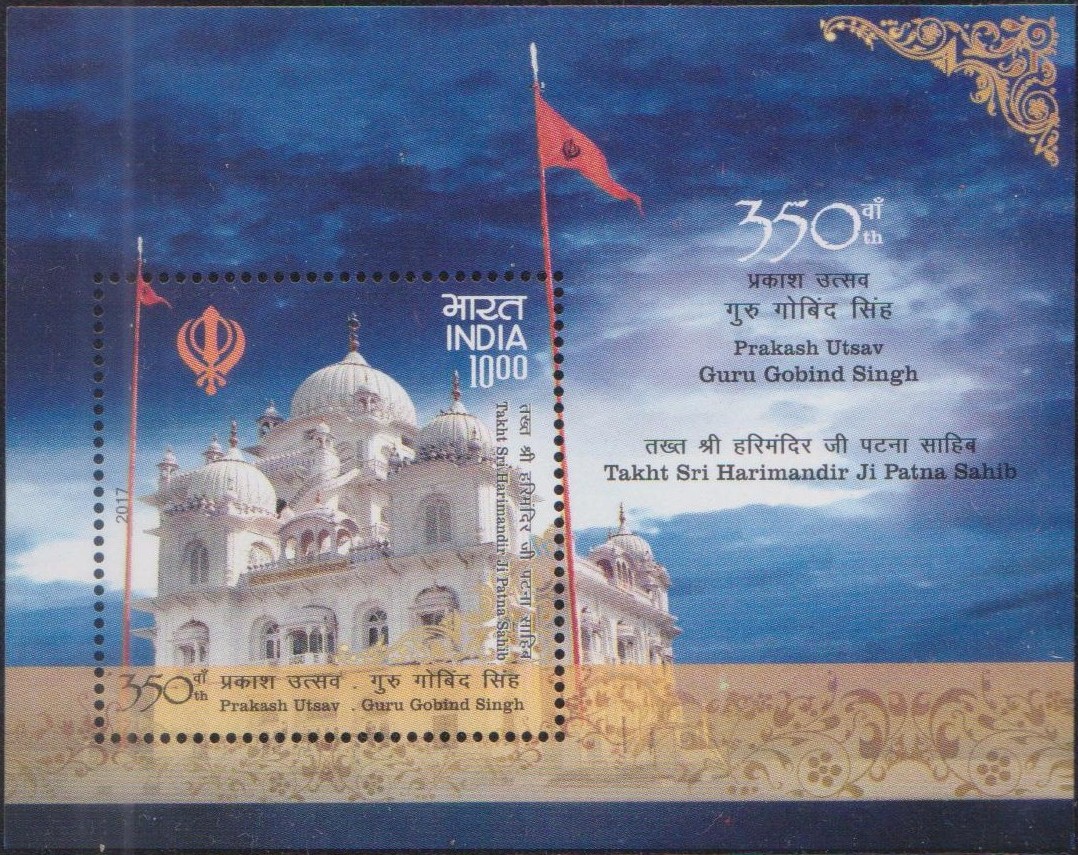
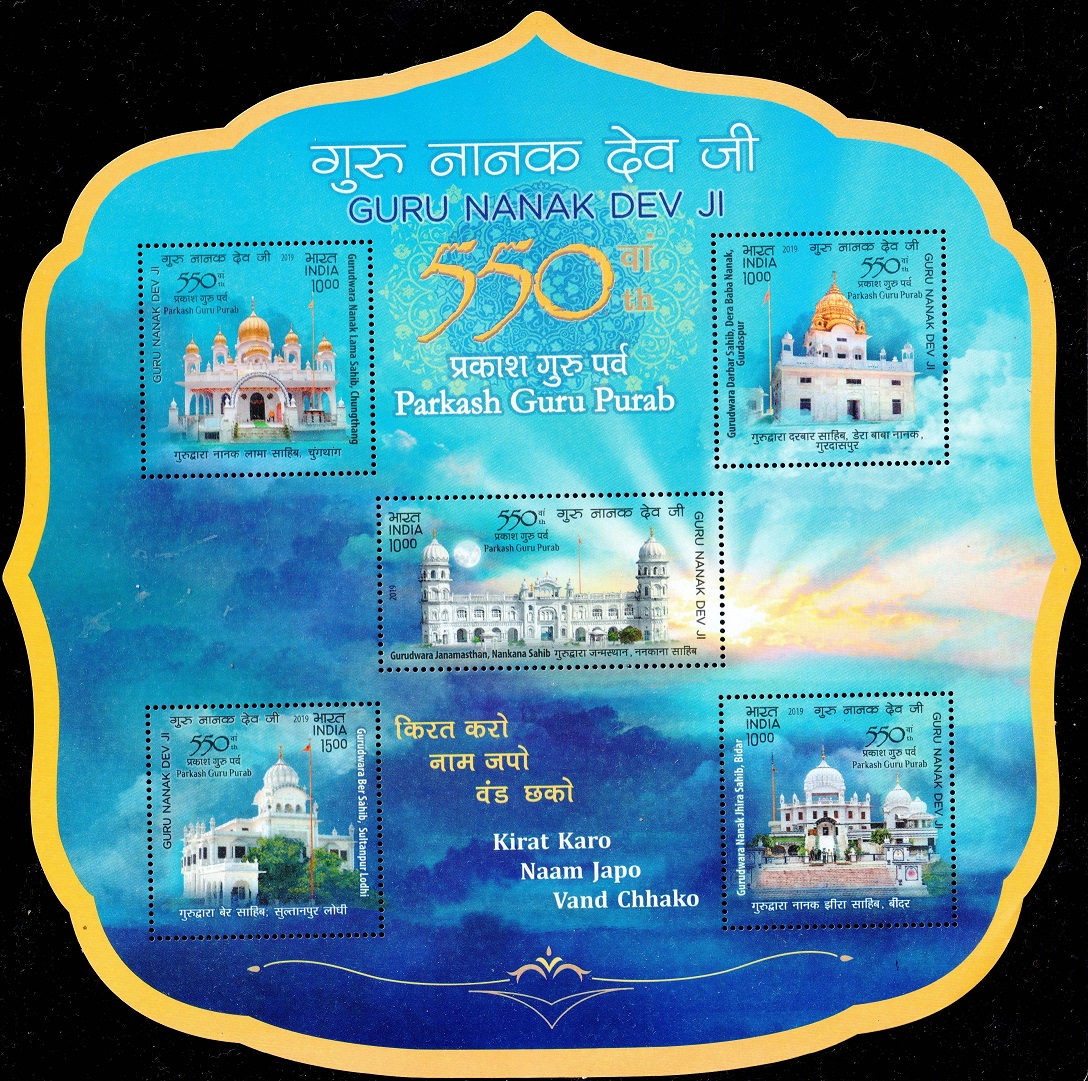
[…] Kanhaiyaji, the disciple of Guru Tegh Bahadur Sahib and Guru Govind Singh Ji was an epitome of humility, devotion and loyality to his Guru and Service […]
[…] December 1661 at Patna in the house of Bhai Sada Nandji and Mata Premoji. The ninth Guru of Sikhs, Sri Guru Teg Bahadur himself gave him the name Jaita. The early life and childhood of Bhai Jaita was spent in the family […]
[…] of Indians of all ages“. Gobind Rai (as he was known at birth), the only son of the ninth Sikh Guru Tegh Bahadur, was born at Patna in the year 1666. During his adolescence he learnt Sanskrit, Hindi, Punjabi, […]
[…] of India has announced commemoration of 400th Prakash GuruParab of Sri Guru Tegh Bahadur Ji (1621-2021) on national and international level in befitting manner. Government of India has […]
[…] Gobind Singh was born on 22nd December 1666 at Patna, in Bihar. His father, Guru Tegh Bahadur, the Ninth Guru, was then travelling across Bengal and Assam. Returning to Patna in 1670, he […]